by Rico De Silva
The relics of two of the most popular saints of the 20th century: St. John Paul II and St. Padre Pio of Pietrelcina visited the Diocese of St. Augustine Aug. 5 and 6.
Totus Tuus, a lay non-profit organization, founded in Colombia and based in Miami, brought two first-class relics of the saints to the Shrine of Our Lady of La Leche at Mission Nombre de Dios in St. Augustine. The event was part of their national “Relics Tour,” a Totus Tuus initiative that began in 2014.
Mauricio Torres, the guardian of the relics, said the tour came to the diocese at the invitation of Bishop Felipe Estévez, in conjunction with the 100th anniversary of Our Lady of Fatima, the Marian apparitions to young shepherd children in Fatima, Portugal.
“Bishop Felipe discerned that this shrine is significant for being the first shrine built and dedicated to Our Lady on U.S. soil,” Torres explained.
“This is also the first place for missions to evangelize… I think that’s what the Church needs now,” he noted.
The day-long Saturday session began with a procession of the two relics, followed by the recitation of the rosary, while Father Ivan Carrillo-Paris, rector of the Shrine of La Leche, heard confessions. After welcoming more than 400 participants, with standing room only in the main sanctuary, Father Ivan celebrated Mass.
During his homily, Father Ivan spoke about the biblical references for the veneration of relics. He cited 2 Kings when the prophet Elisha asked Elijah the prophet for a piece of his mantle. Elijah then tore his mantle in two after he was assumed into Heaven in a chariot of fire. Upon Elisha’s death, a man is buried next to the prophet’s tomb, and the man was brought back to life after his remains touched the tomb of Elisha.
“Let’s go to another example in the New Testament: St. Paul, chapter 19 of the Acts of the Apostles, it says that ‘people were using handkerchiefs to touch Paul.’ And later they were touching sick people with them, and they (the sick) were getting cured,” Father Ivan cited.
“So even the Bible announces that mystery,” he added.
The two relics contained blood from both saints and were encased in glass reliquaries and mounted in a small monstrance. After Mass, the faithful were able to venerate the relics and hand their sacred objects to volunteers, and they, in turn, would touch the sacramental to the relics. The Sunday session started with Mass and followed with more veneration of the relics until its conclusion at 5 p.m.
“The expectation is that people see and understand the Communion of Saints. This is what the relics represent. Saints who are in Heaven, and we should imitate their lives – and desire to be holy and to be perfect,” Torres concluded.
